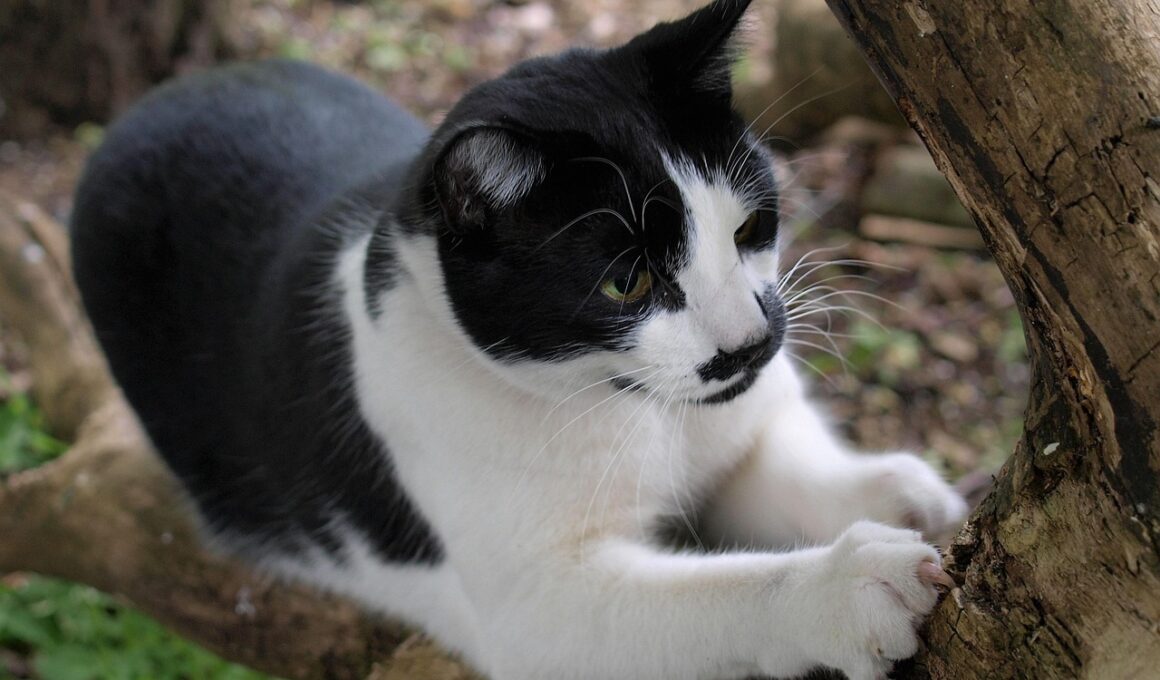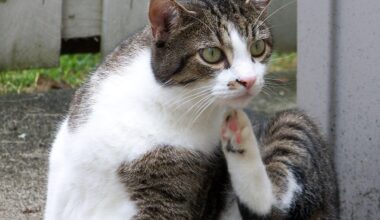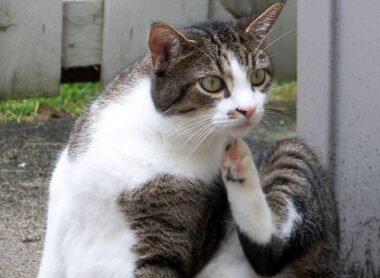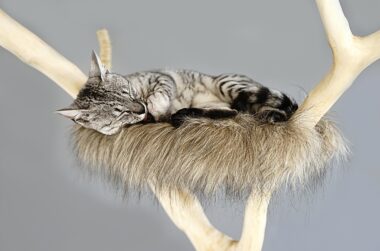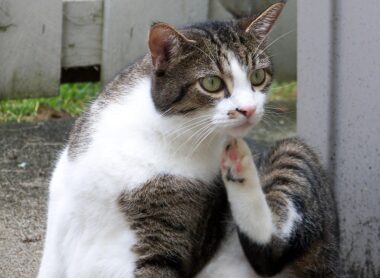Comparing Sisal vs Carpet Cat Scratching Toys
When selecting cat scratching toys, one key decision involves choosing between sisal and carpet. Each material presents distinct attributes that cater to different feline preferences and needs. Sisal is derived from the leaves of the agave plant, making it an excellent option for scratching as it is incredibly durable and offers cats a satisfying texture to dig into. Moreover, sisal allows a more natural scratching behavior, helping to maintain your cat’s claws. On the other hand, carpet scratching toys provide a softer feel which some cats may prefer. Cats scratching on carpet may find it more appealing, especially if they are already accustomed to scratching on household rugs or furniture. However, carpet can wear down quicker and may trap dirt and odors more easily than sisal. To make the best choice, consider factors like your cat’s scratching habits, the space available, and how much maintenance you’re willing to handle. Lastly, both options can help protect your furniture, but understanding the differences can influence your ultimate choice in providing the best scratching toy for your furry friend.
In terms of durability, sisal toys typically outlast carpet scratching alternatives. This longevity is essential if you have an aggressive scratcher at home. A sisal post or toy will withstand more intense use over time, offering substantial value for your investment. Furthermore, the natural fibers in sisal provide a texture your cat loves, promoting healthy claw maintenance while minimizing potential accidents and injuries. Carpet, however, can often become frayed or flattened, losing its effectiveness as a scratching surface. This degradation can lead to the need for replacements more frequently. To assess which is best for your feline, consider how often they use scratching posts. If they exhibit more interest in scratching than playing or lounging, opt for sisal to enhance their scratching behavior. The choice between sisal and carpet will come down to your individual cat’s preferences. Observe their scratching habits, and assess how they interact with different materials. It may even be beneficial to offer both options, as this can encourage diverse scratching behaviors and satisfy their innate instincts.
Maintenance of Scratching Toys
Maintenance is another significant factor to watch when comparing scratching toys. Sisal requires relatively low upkeep; typically, a quick vacuuming or brushing will suffice to keep the surface clean from hair and debris. However, it’s essential to check for fraying over time. Regularly inspect sisal products to ensure they remain safe and effective. If you notice damage, consider replacing slices or refurbishing them, which can be more economically feasible than replacing an entire post. On the flip side, carpet scratching toys may need additional cleaning efforts. Due to the fabric’s fibers, they can trap dirt, hair, and even odors, requiring more intensive care. With carpet, vacuuming may not always be enough, and you may need to use special carpet cleaning solutions. Think carefully about which maintenance routine suits your lifestyle better. If you prefer minimal fuss, sisal may be ideal as it provides less hassle over the long term compared to carpet options. Evaluating your willingness to perform maintenance tasks will inform which scratching option is best for your cat.
Costs can also vary between sisal and carpet scratching toys. Sisal products generally present a larger margin of price across various brands. While high-quality sisal options may cost more upfront, their durability may result in a lower lifetime cost since they won’t need replacement as often. In contrast, carpet scratching toys can often be cheaper, but when you account for wear and tear, they may require more frequent replacement, further impacting your budget. Investing in a well-constructed sisal scratching post can pay dividends by saving you from the need to replace it frequently. When evaluating your budget, assess how long you expect the toy to last and the frequency of replacements. Think about the quality vs. cost trade-off, and tailor your choice to align with your financial planning for pet supplies. By considering your long-term strategy for expenses, you can make an informed decision regarding which material and type of scratching toy will ultimately provide the best value to you and your feline friend.
Behavioral Impact of Different Materials
Material composition can also influence your cat’s behavior and preferences toward scratching. Cats have natural instincts that drive them to scratch, and satisfying these urges promotes well-being for our feline friends. Sisal offers a more satisfying texture that allows them to sink their claws in effectively, providing relief from stress and excitement. If your cat seems to focus more on scratching, sisal is likely the better option. Conversely, carpet scratching can evoke different reactions; it can attract cats who may want to scratch softer surfaces. However, if your cat doesn’t like the texture of carpet, it may lead to frustration and a lack of interest in designated scratching posts. Observe your cat’s temperament around the scratching options you provide and adjust as necessary. Sometimes, a multi-material approach works best—offering both sisal and carpet can encourage your cat to express its instinctual behaviors without feeling restricted. Ultimately, understanding their preferences and behaviors will guide you in choosing the most suitable scratching toy, creating a happy and healthy environment for your pet.
In terms of aesthetics, both sisal and carpet can enhance your home’s decor in unique ways. Sisal typically features natural color tones that blend seamlessly with various home designs, making it a favorite for those wanting to keep things minimalist. Its earthy, neutral palette complements many spaces without a contrast, appealing to performance and visual preference. In contrast, carpet scratching toys tend to vary widely in color and patterns, allowing for more expressiveness in styling or decor integration. They can act as accent pieces and add flair to your living space, depending on the design. Depending on your home decor goals, deciding between the two involves considering whether you want a seamless fit or a standout piece. Remember that a scratching toy can serve both as a functional item and a decorative one, impacting its effectiveness based on placement. Your cat’s scratching behavior combined with your taste can influence the final decision significantly. Ultimately, focus on aligning your aesthetic preferences while meeting your cat’s physical and mental stimulation needs.
Conclusion: Choosing the Best for Your Cat
In conclusion, selecting the best cat scratching toy involves weighing several factors like durability, maintenance, cost, behavior, and style. Sisal tends to offer longevity and requires less upkeep, making it preferable for frequent scratchers. Carpet scratching options provide different textures, which can appeal to some cats. Ultimately, monitoring your cat’s reactions to both materials can help refine your choice. It is often effective to offer both options, allowing cats to choose their preferred scratching surface. Equally important is understanding your personal maintenance capability and aesthetic preferences, ensuring the toy fits seamlessly into your lifestyle. Consider the behavioral aspects of your cat as well; ensuring the scratching option meets their natural instincts is crucial for their happiness. By considering all these factors, you can make the best choice of scratching toys that cater to your cat’s specific needs while contributing positively to your home environment. Happy scratching to you and your furry friend as you explore the best cat scratching solutions together!
Offering a variety of scratching materials can promote health and well-being in cats. Understanding their preferences ensures that you can create a fulfilling environment tailored to their needs.
